Ethical Use of Voice Changers for Social Media Content Creation
Voice changers have revolutionized content creation, offering influencers, streamers, and marketers a playful way to diversify their onscreen personas and engage audiences. From humorous character skits to immersive storytelling, vocal modulation can add a fresh dimension to your videos. Yet, behind every entertaining clip lies the responsibility to navigate legal and ethical boundaries. This guide explores voice portrait rights, practical safeguards, and top recommendations, so you can innovate confidently while upholding respect and authenticity.
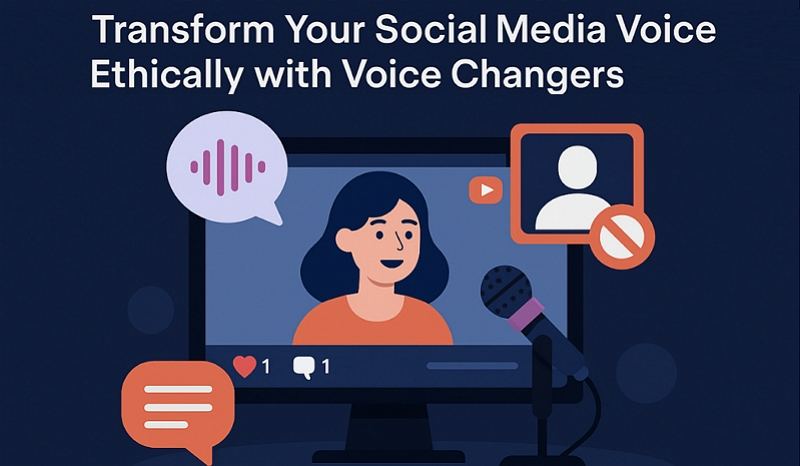
Part 1. What Are Voice Portrait Rights?
Voice, like facial features, constitutes a part of personal identity protected by law in many jurisdictions. The concept of "voice portrait rights" grants individuals the exclusive authority to use and control their unique vocal characteristics.

Utilizing voice changers to mimic another person's voice without explicit consent even if modified may infringe upon these rights. For instance, replicating a celebrity's distinctive tone for sponsored content without authorization can lead to civil lawsuits for identity infringement.
Always obtain clear permission before incorporating recognizable voices into content, especially when it's monetized or reaches a broad audience.
Part 2. How to Respect Voice Portrait Rights and Prevent Identity Misuse
In the digital era, voice changers can be powerful creative tools. However, their misuse risks infringing on individuals' rights and privacy. Understanding how to respect voice portrait rights is essential for content creators. By following ethical guidelines and legal frameworks, you can produce engaging social media content while safeguarding personal identities and avoiding potential litigation, ensuring both creativity and responsibility.
1. Combating Identity Misappropriation
Voice changer misuse can facilitate identity fraud, where perpetrators impersonate others to deceive audiences. Social media platforms have seen cases where altered voices were used to pose as public figures, colleagues, or even family members, causing reputational damage or financial loss. Legal frameworks such as the Digital Millennium Copyright Act (DMCA) in the U.S. and the General Data Protection Regulation (GDPR) in the EU provide pathways for victims to seek redress.

Content creators should avoid mimicking real individuals' voices in ways that imply endorsement or affiliation without proof, and clearly disclose any artificial voice modifications when content could be misconstrued as authentic.
2. Mitigating Malicious Parody Risks
While parody and satire are protected forms of expression in many jurisdictions, malicious or misleading parodies can cross ethical and legal lines when audiences cannot distinguish them from reality. Voice changers make it easier than ever to mimic public figures or private individuals with uncanny accuracy.
To mitigate risks, creators should employ clear disclaimers, limit use to clearly fictional contexts, and ensure that parodies remain within fair use boundaries-always prioritizing respect and avoiding harmful stereotypes or messages.
3.Upholding Transparency and Integrity
The foundation of healthy social media interactions is trust. Overusing voice changers to fabricate entirely fictional identities can erode audience confidence, fostering skepticism. Even when using voices for creative roles (e.g., animated characters or fictional personas), disclosing the use of voice, altering technology fosters honesty.
Ethical guidelines suggest including a brief disclaimer in captions or video descriptions when voice changes are significant, helping viewers distinguish between authentic and modified content without stifling creative freedom.
Part 3. Recommendations for Responsible Voice Changer Usage in Social Media
Voice changers have become integral to crafting engaging social media videos, enabling creators to diversify their auditory branding and enhance storytelling. Implementing responsible practices ensures you harness the full potential of voice modulation while upholding ethical standards and fostering genuine connections with your audience.

- Respect Intellectual Property: Avoid mimicking copyrighted voices (e.g., from movies, podcasts, or public figures) unless covered by fair use or explicit licenses.
- Label Voice Modifications: Clearly indicate when voices are altered, especially in role-playing or fictional scenarios.
- Test for Harmful Impact: Preview content to ensure voice changes do not accidentally resemble real individuals misleadingly.
- Prioritize Consent: When collaborating, obtain written agreement before modifying others' voices in shared content.
- Choose Ethical Tools: Select software with built-in safety features that detect and warn against potential identity misuse.
Further Reading: Embracing Innovation Responsibly with HitPaw VoicePea
For creators seeking a reliable, feature-rich voice changer that prioritizes both creativity and compliance, HitPaw VoicePea offers an exceptional solution. This advanced software boasts a diverse library of high-fidelity voices and sound effects, allowing you to craft unique auditory experiences while safeguarding voice portrait rights. An intuitive interface, coupled with real-time monitoring and built-in identity protection alerts, ensures you can explore innovative voice transformations without inadvertently infringing on privacy or legal standards.
- Access hundreds of crystal clear voice profiles for cinematic audio quality.
- Seamlessly filter background noise to maintain professional sound clarity.
- Instantly refine tone and pitch for studio level vocal presence.
- Automatically align voice tracks with video for flawless audiovisual integration.
- Tailor frequency profiles to match diverse recording environments effortlessly.
- Export audio up to 48 kHz/24-bit for smooth integration in high-end editing suites.
Step 1:Import Audio/Video. Click "AI Voice" and import your audio/video files. HitPaw AI VoicePea supports uploading all popular video and audio formats.

Step 2:Select AI Voice Effects. Choose the AI voice effects you prefer and click to apply it.

Step 3:Adjust Voice Settings. Adjust the pitch and voice similarity. After that, click 'Change Voice' for the changes to take effect.

Step 4:Change Voice and Download. After adjusting voice settings, simply click "change voice" to change voice with AI.

Conclusion
Voice changers unlock a world of creative possibilities on social media, but they come with legal and ethical responsibilities. By understanding voice portrait rights, preventing identity misuse, and adhering to transparent practices, creators can innovate without crossing boundaries. Leveraging best practices and tools like HitPaw VoicePea ensures that your content remains engaging, authentic, and respectful fostering trust and long term audience loyalty.

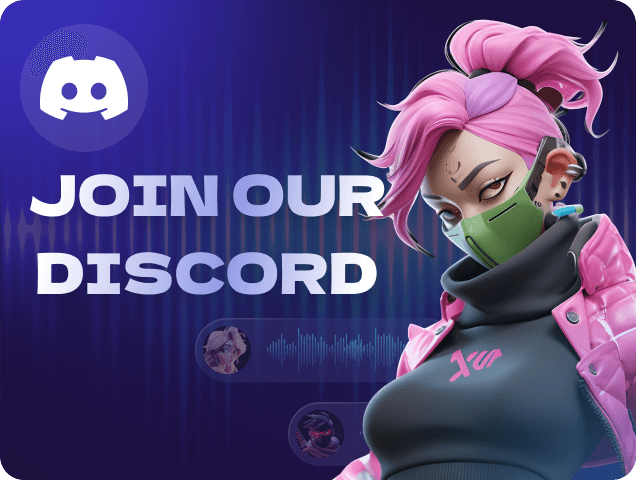







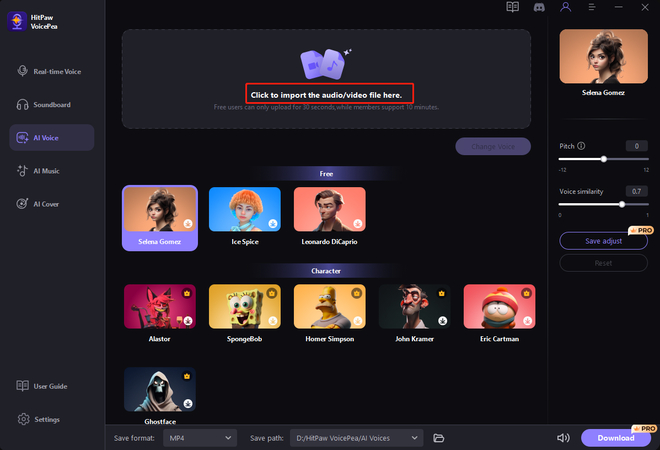
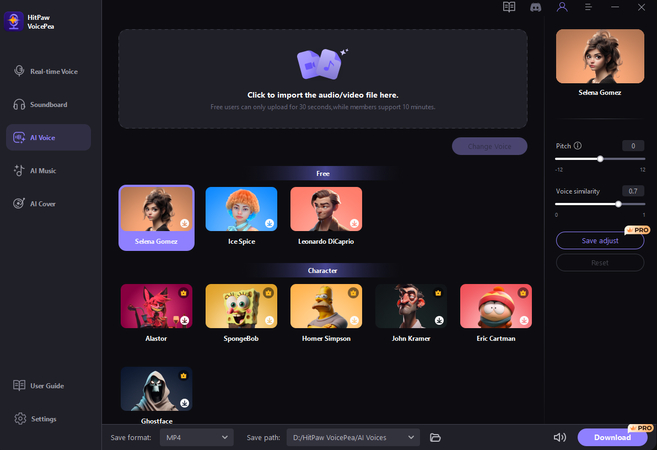
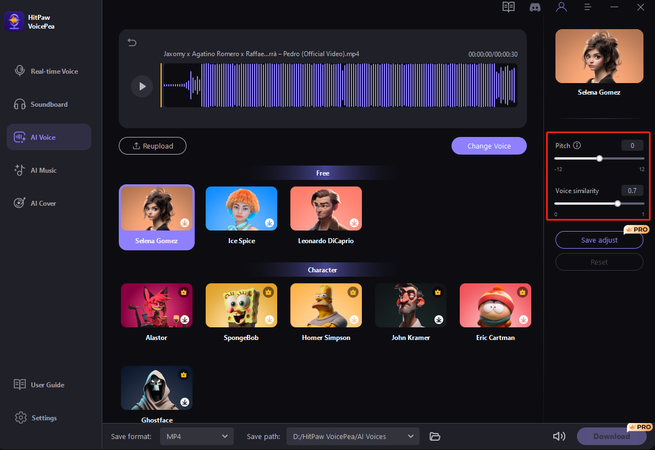
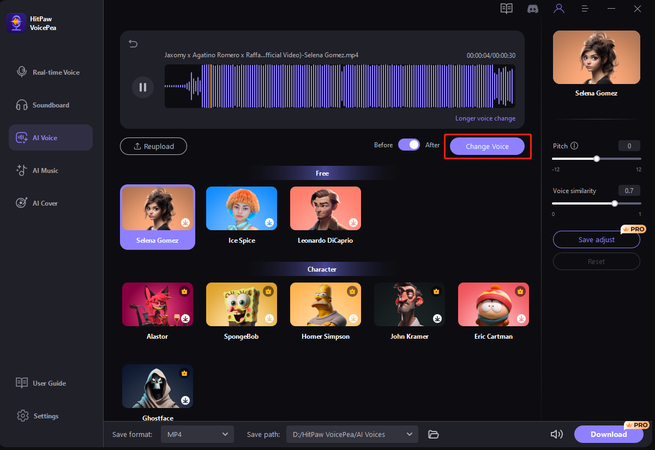
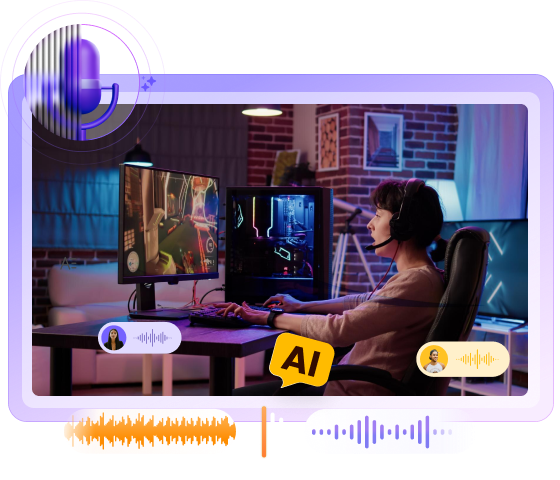
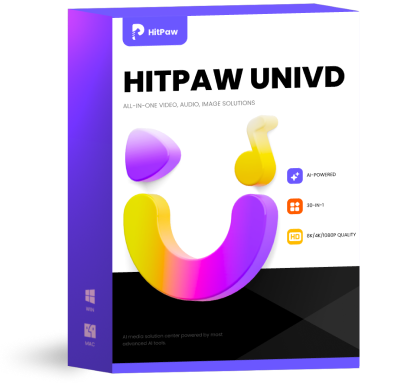 HitPaw Univd (Video Converter)
HitPaw Univd (Video Converter) HitPaw VikPea (Video Enhancer)
HitPaw VikPea (Video Enhancer)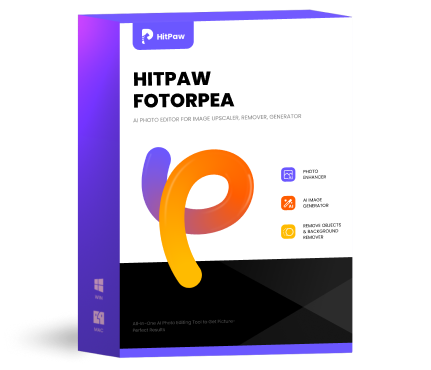 HitPaw FotorPea
HitPaw FotorPea
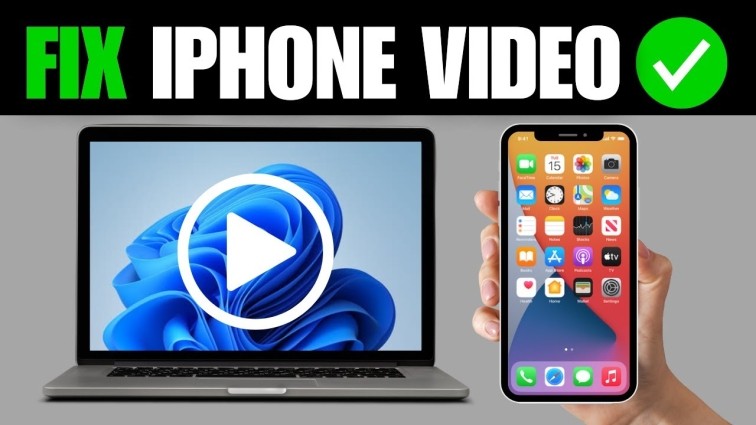



Share this article:
Select the product rating:
Daniel Walker
Editor-in-Chief
This post was written by Editor Daniel Walker whose passion lies in bridging the gap between cutting-edge technology and everyday creativity. The content he created inspires the audience to embrace digital tools confidently.
View all ArticlesLeave a Comment
Create your review for HitPaw articles